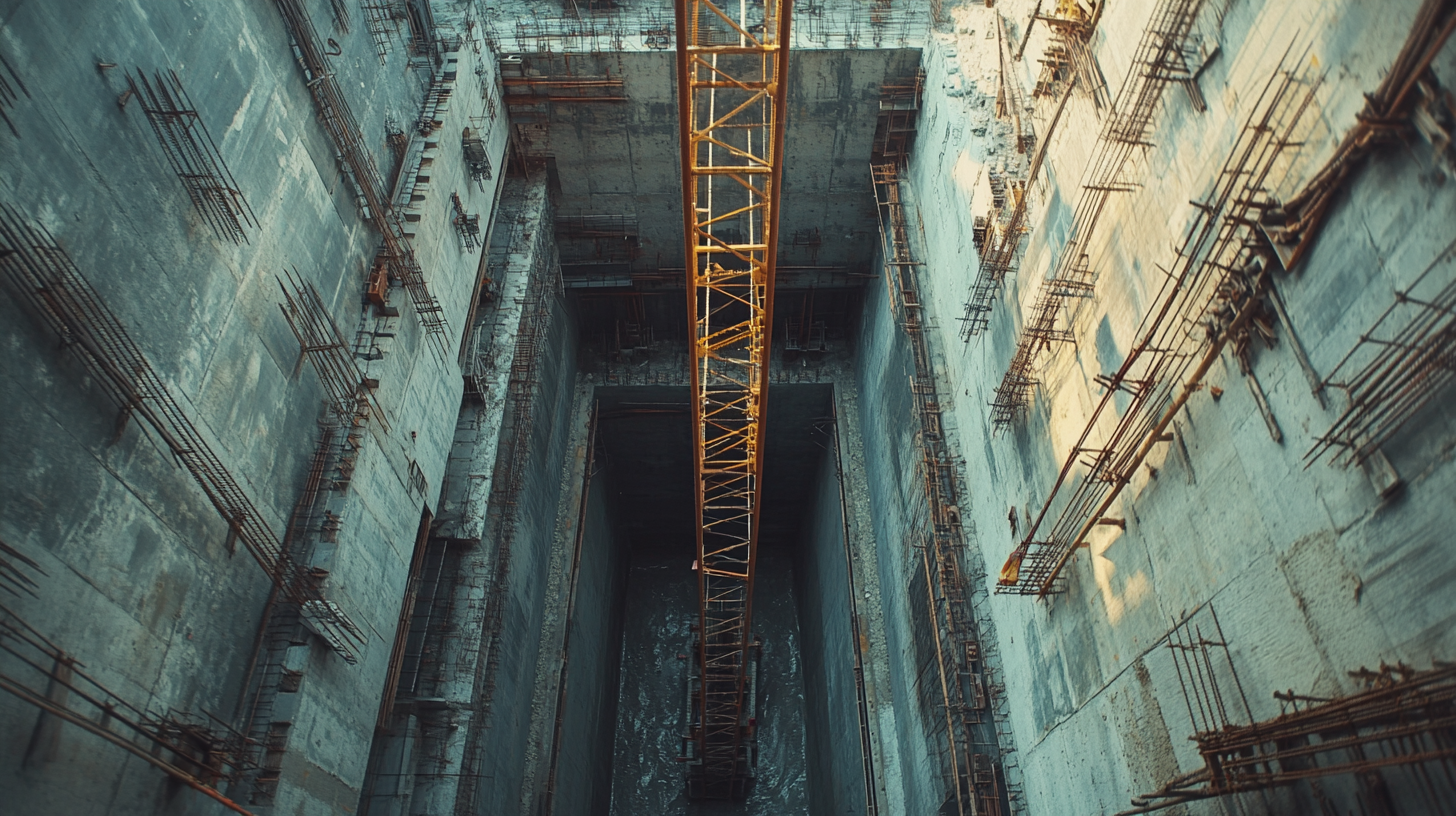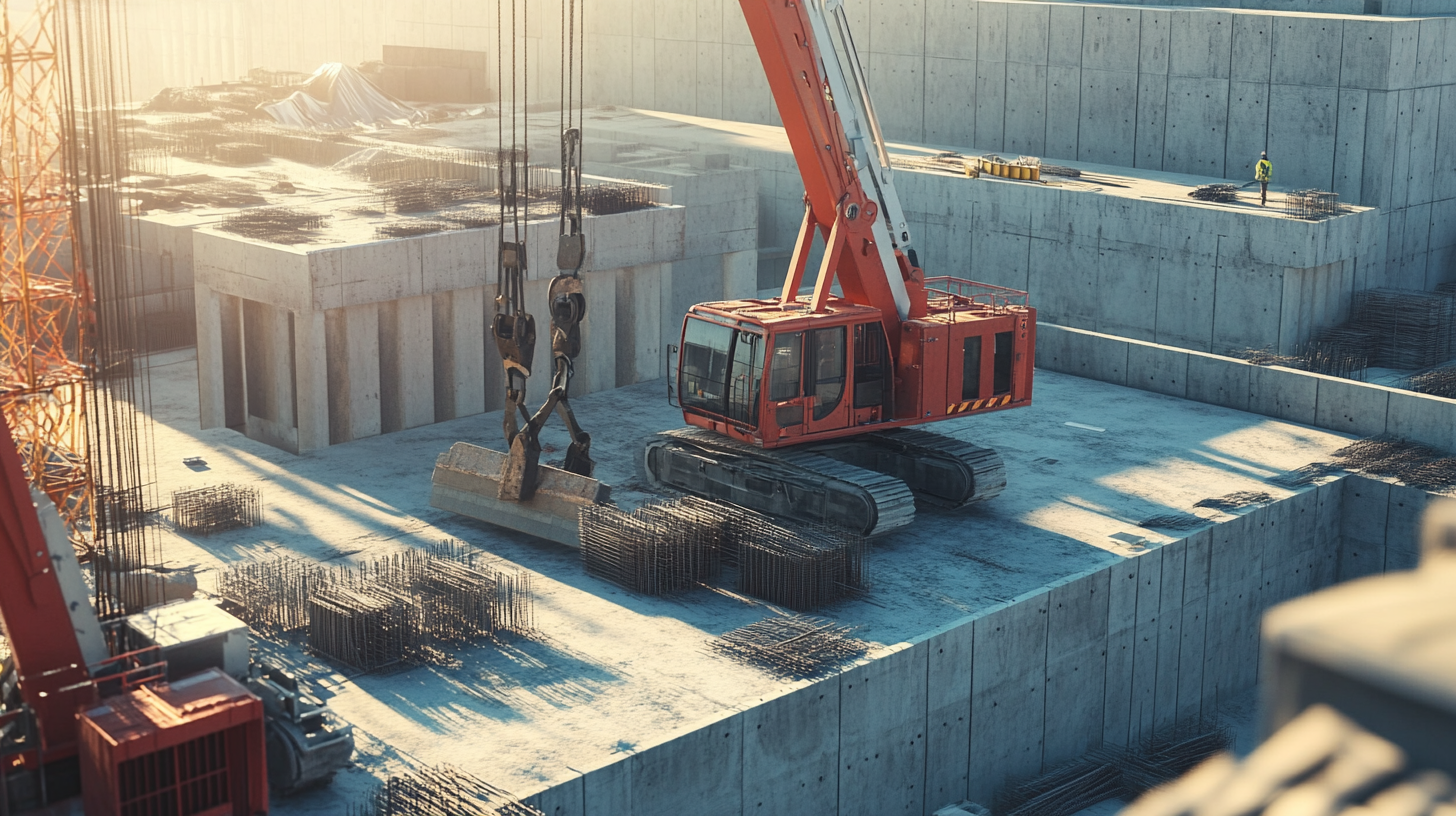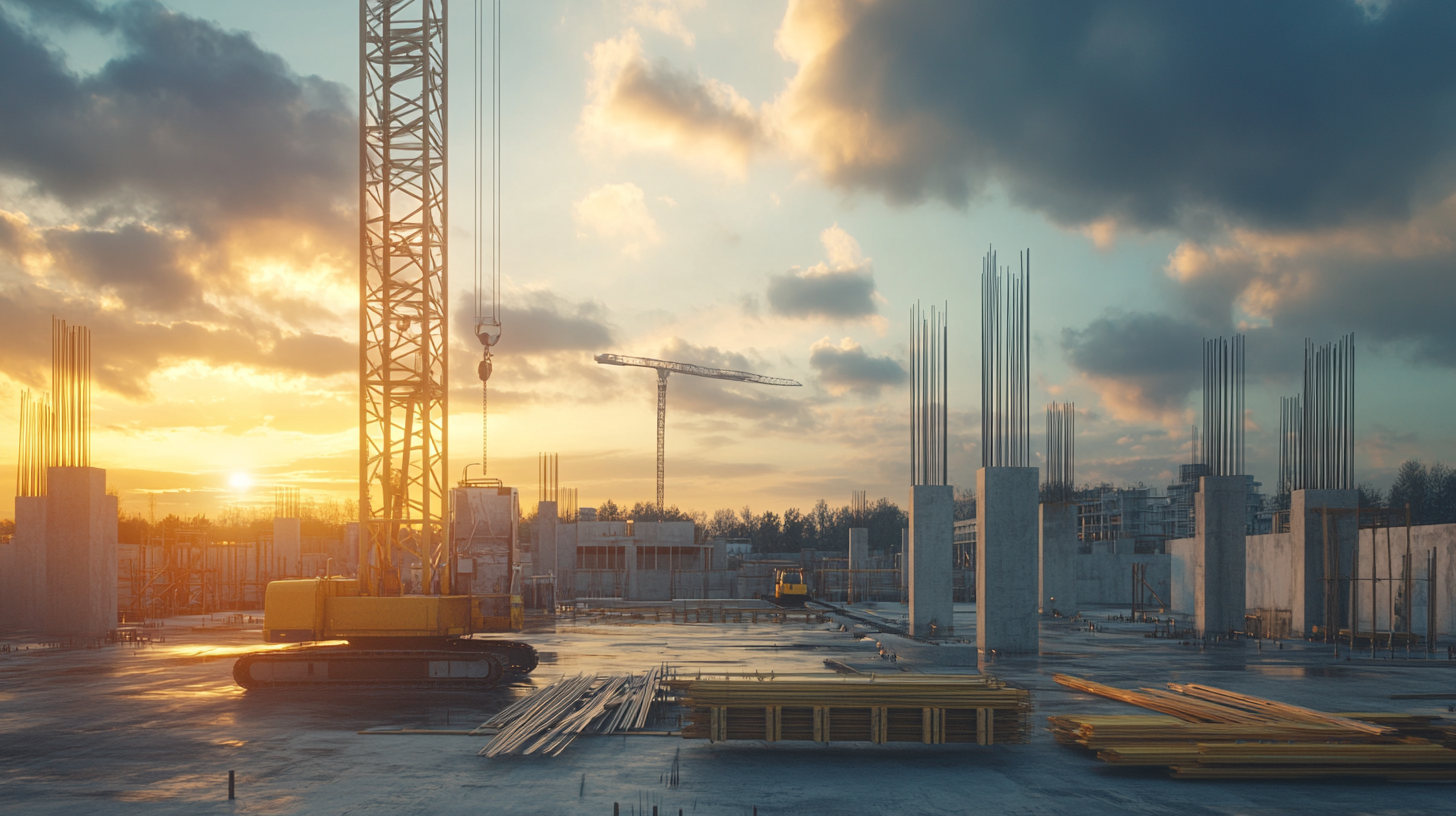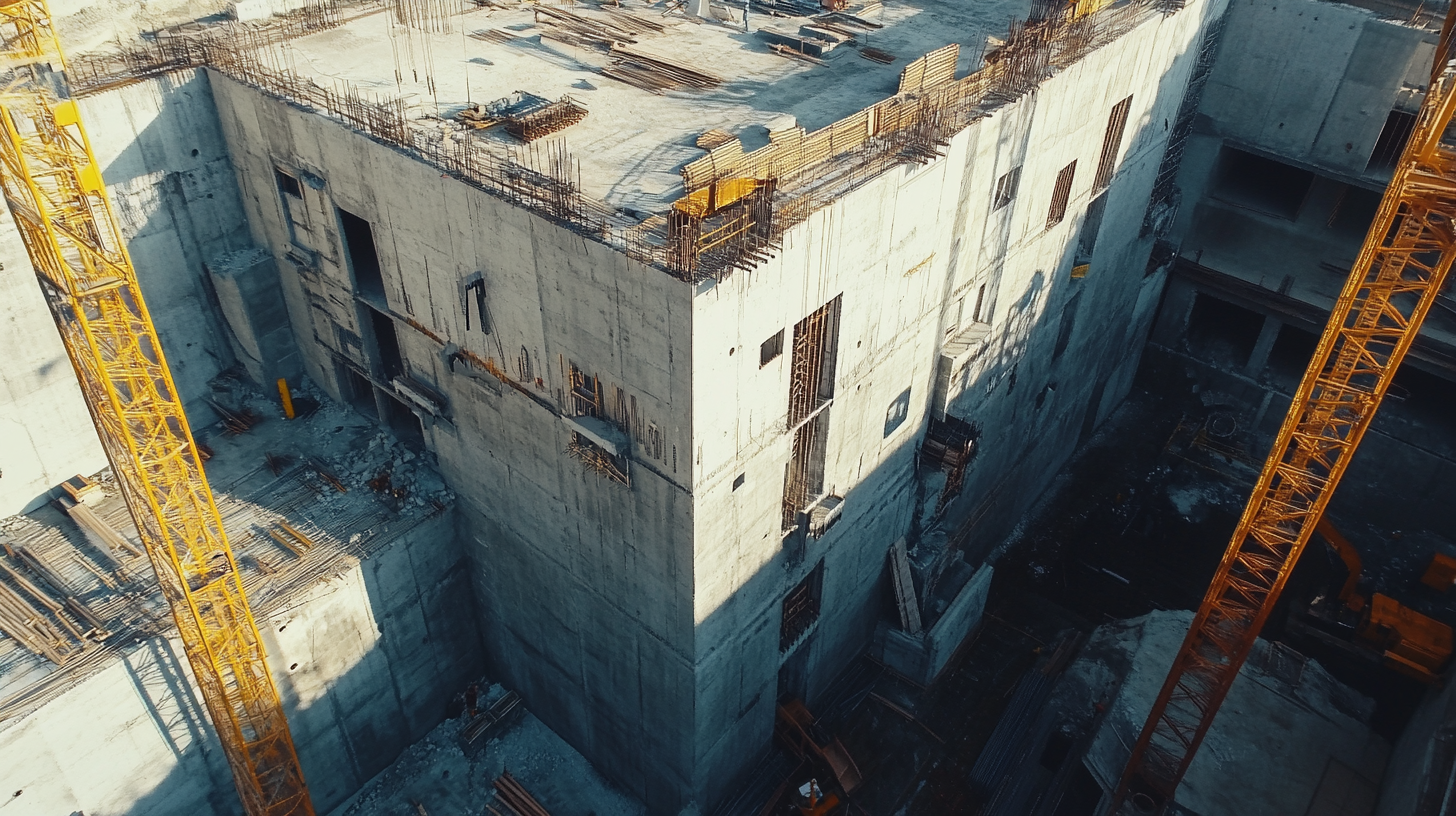In the realm of construction, precast concrete has emerged as a preferred choice due to its numerous benefits, including durability, versatility, and cost-effectiveness. However, despite these advantages, traditional methods of handling and assembling precast elements can still pose significant challenges, such as alignment issues and time-consuming installation processes. This is where the innovative concept of "Magnetic Fixing Solutions for Precast Concrete" comes into play, offering a transformative approach to enhance overall efficiency and improve project outcomes.
Magnetic fixing technology provides a unique solution that streamlines the assembly of precast concrete components, ensuring precise alignment and secure connections without the need for cumbersome mechanical fasteners. By leveraging the power of magnets, this method not only reduces labor time but also minimizes the risk of human error, ultimately leading to a safer and more efficient construction process. As we dive deeper into the advantages and applications of magnetic fixing solutions, we will explore how this cutting-edge technology is redefining the landscape of precast concrete construction for the better.

In the evolving landscape of modern construction, precast concrete has emerged as a pivotal element in enhancing efficiency and quality. One innovation that stands out is the use of magnetic fixing solutions, which offer a streamlined approach to assembling precast components. Traditionally, the installation process can be labor-intensive, requiring extensive use of mechanical fasteners or adhesives. Magnetic fixing solutions simplify this process by allowing components to be aligned and secured quickly, reducing the time and labor involved in each project. These magnetic systems enhance precision in the installation phase, minimizing alignment errors that can lead to costly rework. By employing powerful magnets, contractors can achieve a more effective and stable connection between precast elements, ensuring each piece is correctly positioned before final securing methods are employed. This not only boosts productivity but also enhances the overall durability and structural integrity of the construction. Moreover, the adaptability of magnetic fixing solutions enables their use in a variety of applications beyond typical wall panels and flooring. From intricate façade designs to complex structural forms, these solutions are versatile enough to accommodate the demands of modern architectural designs. As the construction industry continues to seek innovative methods to improve efficiency and reduce waste, magnetic fixing technologies represent a significant leap forward in the optimization of precast concrete construction practices.

Magnetic fixing techniques are revolutionizing the construction industry, particularly in the realm of precast concrete construction. Unlike traditional methods that often rely on cumbersome mechanical fasteners, magnetic solutions provide a seamless and efficient alternative. The use of magnets simplifies the assembly process, reducing labor costs and decreasing the time required for setup. This innovation not only enhances productivity on site but also minimizes the potential for errors that can arise from manual fastening methods.
Moreover, magnetic fixing allows for greater flexibility in design. Precast elements can be positioned and adjusted with precision using magnetic forces, which is particularly beneficial in complex structures where alignment is critical. This adaptability reduces the need for extensive adjustments and rework that are often commonplace with conventional techniques. Consequently, the integration of magnetic solutions in construction can lead to more sustainable practices by decreasing material waste and optimizing resource use.
Investing in magnetic fixing technology ultimately delivers significant benefits for construction projects. Beyond just enhancing efficiency, it contributes to a safer work environment by reducing physical strain on workers associated with traditional fastening methods. As the industry continues to embrace innovative solutions, magnetic fixing stands out as a forward-thinking approach that harmonizes productivity with design versatility, setting a new standard in precast concrete construction.

In recent years, the construction industry has been exploring innovative methods to enhance efficiency and sustainability in precast concrete projects. A significant development in this area is the application of magnetic fixing solutions, which represent a game-changing evolution in how precast elements are assembled and installed. By utilizing magnets, construction teams can achieve faster and more secure placements of concrete components, reducing the overall project timeline and minimizing reliance on traditional fastening methods.
Magnetic fixings not only streamline the assembly process but also improve precision during installation. This precision is crucial in ensuring that each precast element aligns perfectly, contributing to the structural integrity of the entire project. Furthermore, the use of magnets allows for easy repositioning during the installation process, accommodating for any on-site adjustments that may be necessary. As the industry moves towards more sustainable practices, leveraging magnetic technology can also contribute to reducing waste and project costs, aligning with broader sustainability goals.
Recent news highlights the shift towards innovative construction techniques, such as WSP's investment in 3D-printed concrete to lower carbon emissions and expenses. In conjunction with advancements like magnetic fixing, these technologies highlight a promising trend in the precast concrete sector, enhancing construction efficiency while meeting the growing demands for sustainability. As companies like Oldcastle Infrastructure and Power Precast Solutions evolve, the integration of such cutting-edge methods will likely set new standards for future infrastructure projects.

In recent years, the construction industry has witnessed a significant transformation with the introduction of magnetic fixing solutions in precast concrete construction. These innovative methods have streamlined the installation process, leading to enhanced efficiency on site. Case studies from various projects illustrate how these solutions not only simplify assembly but also improve overall project timelines.
One notable implementation occurred at a major infrastructure project where traditional methods were causing delays. By integrating magnetic fixing systems, the construction team dramatically reduced the time required for positioning and securing precast elements. This innovative approach allowed workers to quickly adjust and align panels without the need for extensive scaffolding or heavy lifting equipment. The project was completed ahead of schedule, demonstrating how magnetic solutions can lead to substantial time savings and cost reductions.
Another successful case was seen in a residential development where magnetic fixing was employed to enhance safety and precision. The ease of use of magnetic systems allowed for quicker installation without compromising quality. Workers reported lower physical strain and reduced risk of injuries on site, marking an important advancement in promoting worker safety while maintaining efficiency. Such implementations highlight the versatile benefits of magnetic fixing solutions in precast concrete construction, paving the way for a more effective future in the industry.
Magnetic technology is poised to revolutionize the construction industry, particularly in the arena of precast concrete construction. As the demand for faster and more efficient methods grows, the integration of magnetic fixing solutions is becoming increasingly prevalent. According to a report by MarketsandMarkets, the construction industry is expected to witness a significant CAGR of 7.6% from 2021 to 2026, driven by innovations such as magnetic fastening systems that streamline assembly processes and improve operational efficiency.
One of the most exciting trends in magnetic technology is its application in the prefabrication of building components. A study from the Boston Consulting Group highlights that using magnetic fixing can reduce on-site assembly time by up to 30%. This efficiency gain is not merely a matter of speed; it also minimizes labor costs and enhances site safety by reducing the risk of heavy lifting incidents. As more construction firms adopt this technology, the potential for decreased project timelines and improved resource allocation becomes evident.
Furthermore, advancements in magnetic materials have led to the development of stronger, more reliable systems that can meet the rigorous demands of construction environments. According to the Global Magnetic Materials Market report, the sector is expected to grow significantly, with a substantial increase in R&D investments aimed at creating innovative solutions tailored for construction. As magnetic technology continues to evolve, its role in precast concrete construction will likely expand, promising a future where efficiency and sustainability go hand in hand.
